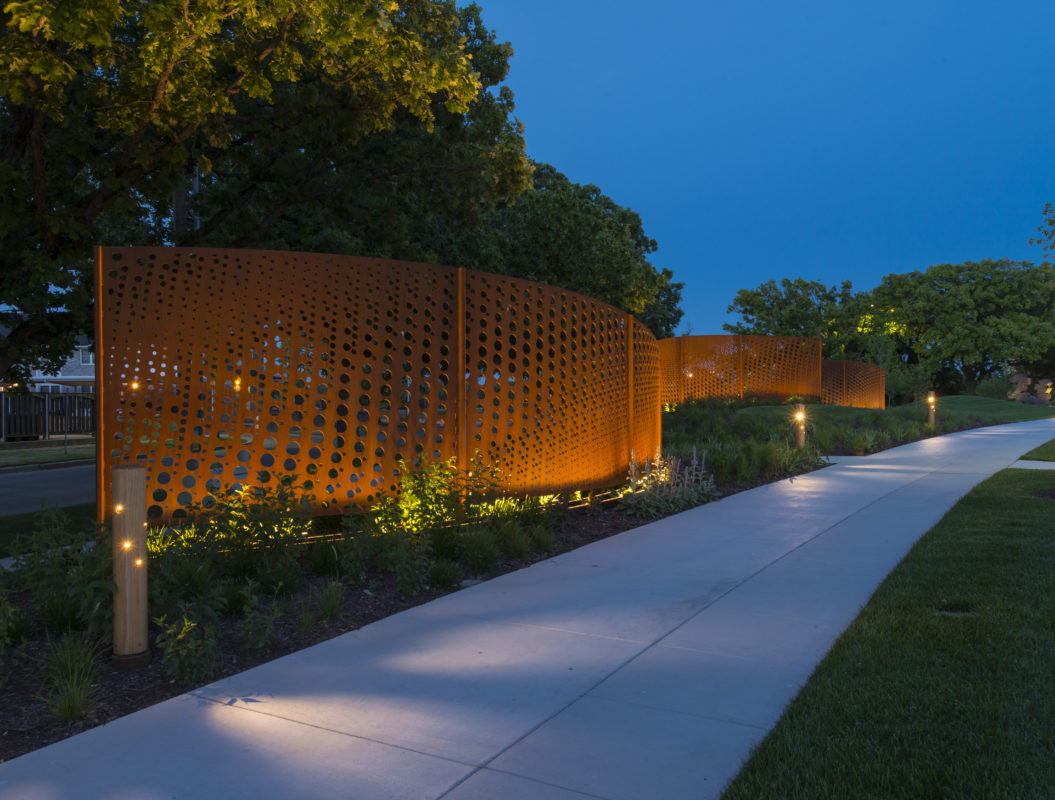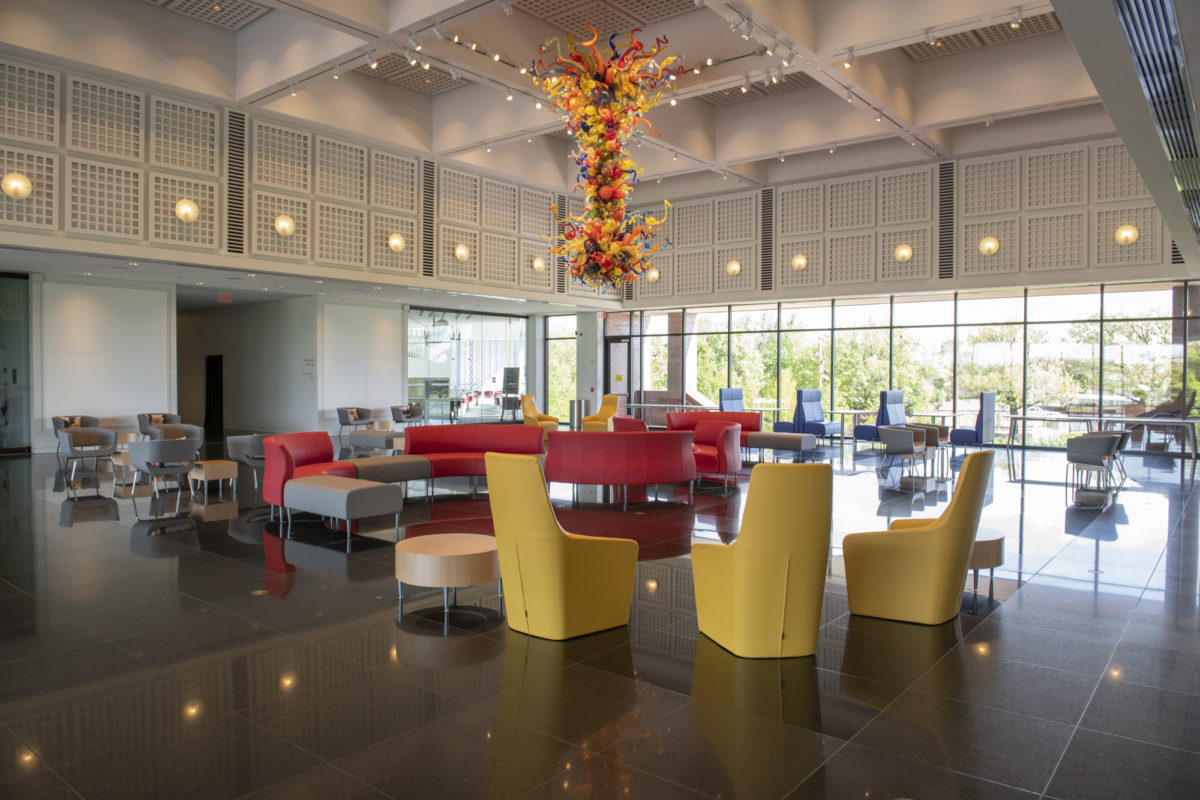Wichita Art Museum
Storytelling: Highlights and Insights from the Wichita Art Museum Collection
Ongoing
Every work of art has a story to tell.
When John Steuart Curry was growing up in on his family farm near Dunavant, Kansas, he would often wander into the high fields of corn. “I remember,” he wrote, “wandering through them and being over-powered by the fear of being lost in their green confines.”
At 35 years of age, Curry returned to those fields to capture in his work the same sense of drama he felt, “beneath our windblown Kansas skies.” For Curry, Kansas Cornfield represented the story of his youth on a Kansas farm.
When Curry’s Kansas Cornfield entered the Wichita Art Museum’s permanent collection, a new chapter in its tale was written and a new story began. The work was the first painting collected by the Wichita Art Museum. As the foundational work of art for the new museum, the painting came to symbolize the Wichita Art Museum’s commitment to both the highest caliber American art and to Kansas audiences.
Today, Kansas Cornfield has become a part of many visitors’ personal stories. Brett Zongker, an Associated Press journalist based in Washington D.C., recently featured the painting on his popular Twitter feed. As a self-described “son of Kansas,” the painting represents home to Zongker.
Museums, by their very nature, are repositories of incredible stories. The Wichita Art Museum has introduced its visitors to the best American artwork and has been a part of thousands of engaging stories.
Heritage of the West: Charles M. Russell
Ongoing
Charles Russell was one of the great painters of the American West. With little formal training but much firsthand experience of his subject, he captured the western landscape, wildlife, cowboys, and Indians in all of its wild if nostalgic moments.
In 1880, when he was only 16, Russell went to Montana for the first time to work on a family friend’s ranch. Ranch life was not for Russell, but he would stay in Montana for two years working for a hunter and trapper.
He began to draw and paint animals at this time and learned a great deal about their anatomy. In 1882, he went to work as a night herder for a group of cowboys called the Judith Basin Roundup, and on and off for the next 11 years he would work watching cattle by night and painting during the day.
In 1888, Russell returned to St. Louis for a short time and submitted some of his art to Harpers Weekly, where it was published. His work had become very popular in the Montana territory, and he began to sell pieces and take commissions for works when he returned.
With the advent of the railroad to Montana, the territory became more civilized, and Russell mostly gave up cowboy life in order to become a full time painter of the life he had known in the West that was now slowly fading.
No Idle Hands: Treasures from the Americana Collection at the Wichita Art Museum
Ongoing
No Idle Hands gives museum visitors a chance to view the art and artifacts that reflect daily life in America’s early history. The exhibition features highlights from the Wichita Art Museum’s newly acquired collection of more than 450 works of American folk art, including some of the best furniture, samplers, hunting decoys and lures, and corner store paraphernalia from the new collection.
It tells the story of America’s past while also foregrounding the beautiful materials and craftsmanship of many of these objects.
The Wichita Art Museum’s curatorial staff organized the exhibition with architect Dean Bradley, of Platt, Bradley, Adams, and Associates. As a specialist in residential architecture with a personal passion for history and preservation who also serves on the board of The Wichita-Sedgwick County Historical Museum, Bradley designed a gallery installation evoking the stores and homes in which the works were originally used and cherished. Shop signs–including iconic striped barber poles–conjure up an image of Main Street. Portraits, toys, and miniatures–small, hand-held portraits sometimes worn as jewelry–reference the life of the family and home. Each object–some rare and precious and others common fare—tells the story of the changes and continuities of daily life in America over the last 200 years.
An American Salon: 19th-century Paintings from the Wichita Art Museum’s Permanent Collection
Ongoing
The term salon style derives from the exhibition of the French Royal Academy of Painting and Sculpture, which began in 1667 in Paris.
In order to display work by all the Academy’s students, the paintings were hung as close as possible from floor to ceiling. In the nineteenth century, this salon-style hanging became increasingly popular across Europe and in the United States. The gallery has been transformed into an American salon featuring remarkable 19th-century paintings from the museum’s permanent collection.








